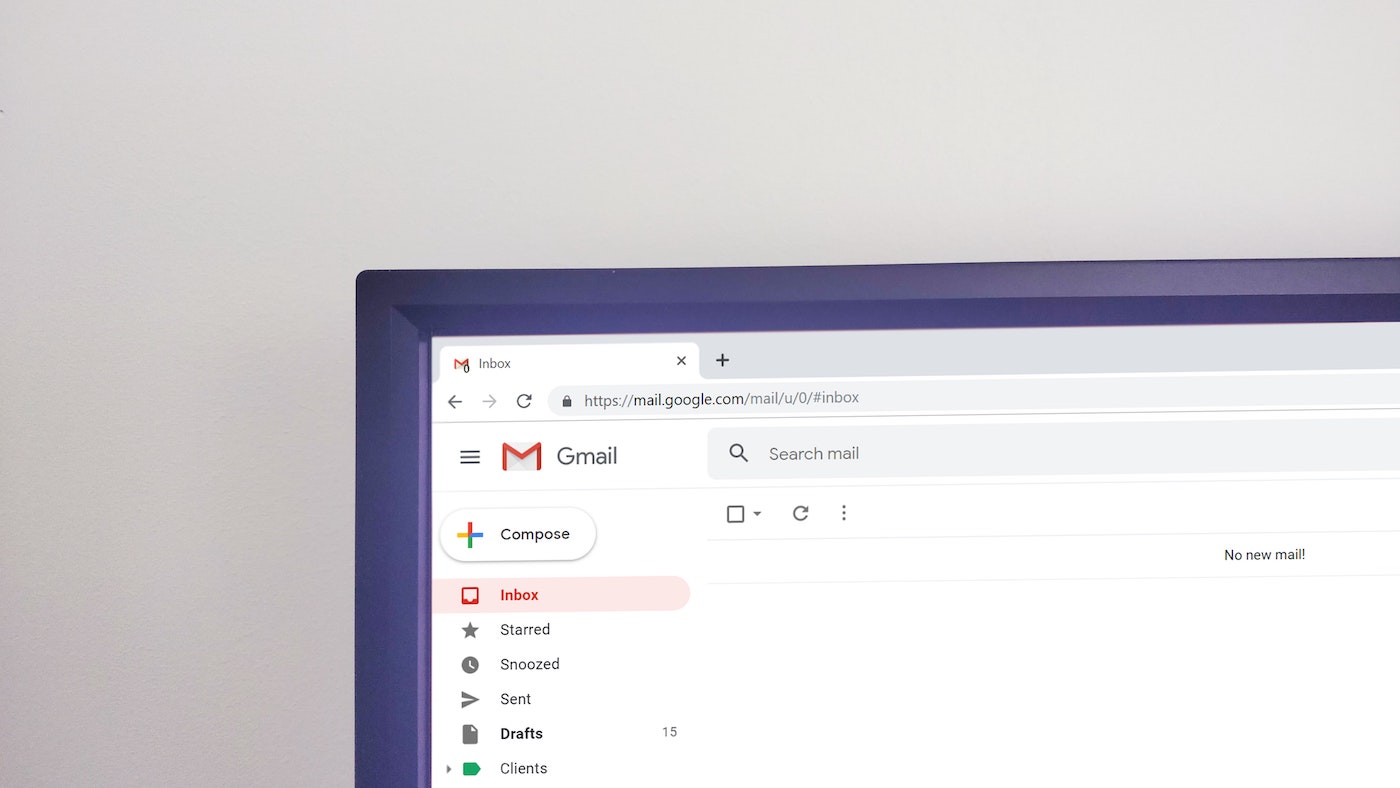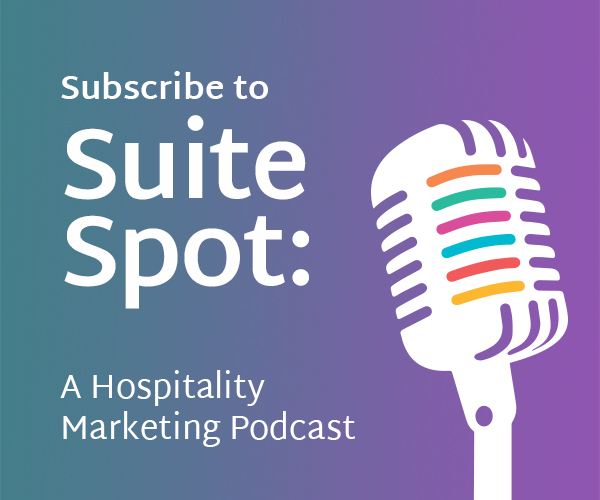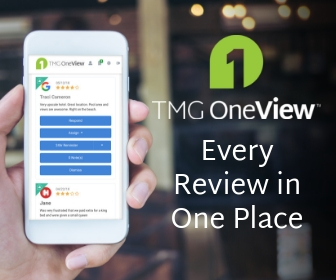Email Marketing Best Practices for Hotels: What are UTM Codes?

Learning How to Attribute Sales to Marketing Campaigns
Have you ever tried to send a link to a friend, only to see it is a hideous, lines-long URL? That’s because there are attributes on the end of the link to help the website track where their website traffic came from. UTM codes work in the same way; they are a code appended to the end of your links so that you can track how much of your website traffic is driven by emails.
The basic structure of a utm link is: www.link.com?utm_parameter=type
There are a number of different parameters you can use to identify which source within a campaign traffic came from. So, if you’re running a special and share it on email, social media, Google ads, and on a partner website, you’ll know where the traffic came from.
Tip: Before using UTM codes, you need to set up your Google Analytics account. Then, to track conversions, set up Goals in your account. For hotels, these could be reservations, returning customer bookings, email sign-ups, and loyalty program sign-ups.

Understanding UTM Code Parameters
These are the parameters available in a UTM code. You do not have to use every parameter; just use the ones that you need to define the source.
- Source: where the link is being used and where the traffic is coming from
- Examples: email newsletter, Google ad, social media
- Medium: the type of content the person interacted with to get there
- Examples: website banner, website pop up, email banner, email button
- Campaign: the campaign this link is related to supporting
- Examples: loyalty (for returning guests), august (for a back to school special)
- Term: the keyword used in an ad campaign
- Example: 4th night free, free parking
- Content: to differentiate between link placement, such as if you have two links in one email
- Example: 1 or 2 to define the order of links on a page
Out of all of these parameters, the most important are source, medium, and campaign. Term is less often used now that ad platforms are much more effective at tracking keyword success. And Content is often too granular a method of data collection. If you don’t have time to actually use the data to generate actionable findings, leave it off.
Using these parameters, the link you may use for an email newsletter being sent only to previous guests encouraging them to stay could look like:
www.hotelwebsite.com?utm_source=newsletter&utm_medium=banner&utm_campaign=loyalty
If you don’t have access to an analytics platform that allows you to see actual conversions of your social media posts and ads, UTM tracking is a great way to find out what’s working and what’s not.
However, remember that there is no magic bullet in marketing. The number of touchpoints a person experiences before making a purchase is between 20 and 500! A touchpoint could be seeing a television commercial, doing a search of “What’s the weather in Boulder in March?” and browsing a hashtag on Instagram.
That’s why we always recommend that hoteliers have a holistic approach to marketing their property. All the systems work together (website, social media, and review management) to give you the best results.





0 Comments